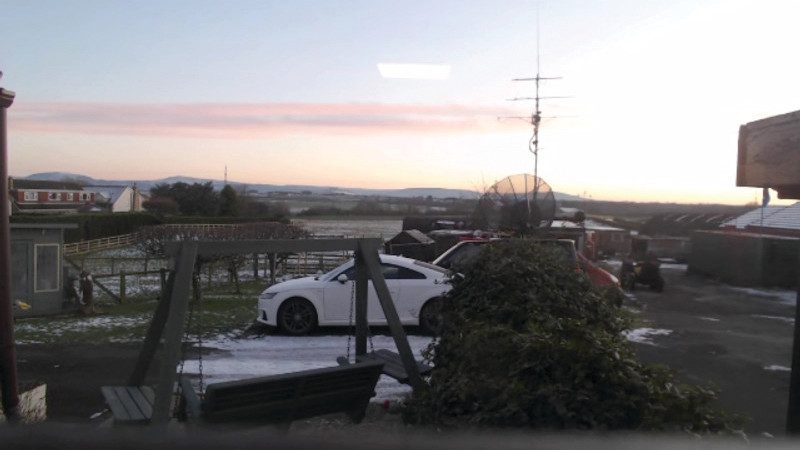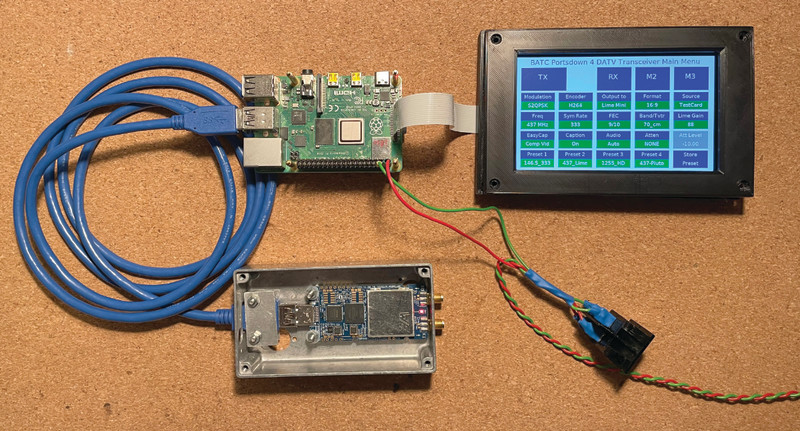“I was inspired by the desire to reproduce a capability that a few years ago would have occupied half a room and cost hundreds of thousands of pounds, and replace it with something cheap and portable that could be used by myself and my fellow amateur TV enthusiasts,’’ Dave tells us.
Fellow enthusiasts had been discouraged by the seeming complexity of DTV (digital TV) broadcasting. It was assumed to be out of the reach of the home enthusiast, but the advent of Raspberry Pi changed all that. “Raspberry Pi brought two key elements to the project at the beginning. The first was hardware H264 encoding. Radio amateurs are limited in the amount of bandwidth and power that they can use for communication. The second was easy image capture using the camera, which works seamlessly with the H264 encoder.”
Proof of concept
The surge in popularity of software-defined radios (SDRs) meant that a relatively cheap piece of hardware could handle the reception and transmission of DTV signals using the DTB standard used by services such as Freesat. Dave started to piece together a proof of concept connecting a Raspberry Pi 3B, SDR, camera, and audio via a £5 USB dongle to create a rudimentary DTV transceiver. It was named Portsdown, in tribute to a late president of BATC in whose Portsdown home the idea took shape.
Now Dave has completed Portsdown 4, using the more powerful Raspberry Pi 4 Model B. In addition, a Raspberry Pi 7-inch touchscreen and strong case have made a complete, travel-ready unit suitable for outdoor transmission. The power and frequencies that can be used are heavily regulated by Ofcom and you’ll need a licence to operate a Portsdown 4, but such licences have been granted to those as young as ten years old. Amazingly, you can add a powerful enough antenna to relay your DTV signal to a satellite that has transponders available to amateur radio enthusiasts.
Compatibility
Dave’s biggest challenge was compatibility. The build required specific components and peripherals. When he published the build and the software, he soon found that even very similar models of webcams and SDRs could cause problems. This led to the birth of the project wiki that provides a detailed bill of materials to anyone who wants to try their hand at building their own. It’s estimated that over 500 hobbyists have built their own Portsdown transmitter.
We asked Dave, what was next for Portsdown? “Development of the Portsdown system as a piece of radio test equipment is proving to be very popular. Current capabilities include a radio frequency signal generator, a simple radio spectrum analyser, and a receiver noise-figure meter. Developments are underway to provide additional test-bench capabilities using the existing hardware.”
Warning! Frequency restrictions
Use of this project requires a valid UK licence and must not be operated in restricted frequencies. Different restrictions apply in different parts of the world. Do your research if attempting to recreate this project. See Radio Society of Great Britain.



